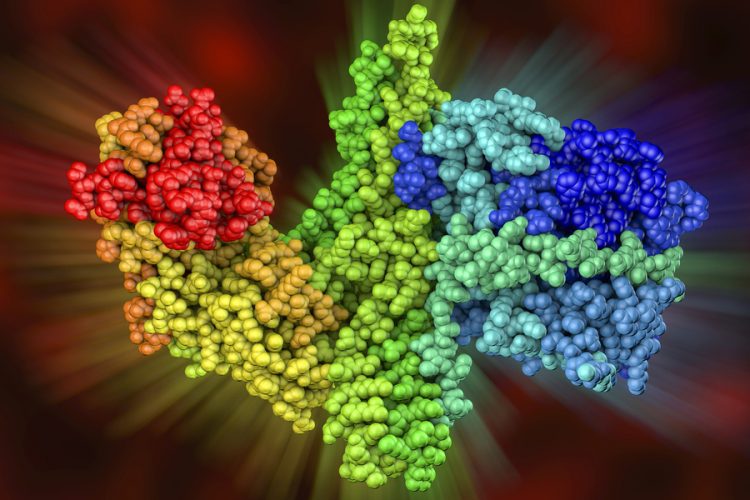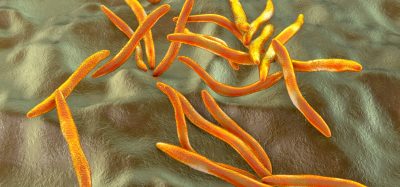New botulinum neurotoxin discovered
Posted: 3 August 2017 | Dr Zara Kassam (Drug Target Review) | No comments yet
Researchers have identified a new toxin, botulinum neurotoxin type X (BoNT/X), that has the potential to open up a new field of toxin therapeutics…

Researchers have identified a new toxin, botulinum neurotoxin type X (BoNT/X), that has the potential to open up a new field of toxin therapeutics related to intracellular membrane trafficking and secretion.
The genome of the bacteria isolated from a sick infant in Japan, was sequenced and deposited in a database. Hidden in the four million letter blueprint of the bacterium, the research team identified the novel toxin.”The discovery of BoNT/X facilitates the development of diagnostics and countermeasures which is important if someone would be exposed to a toxic amount of the substance”, said Pal Stenmark, Associate Professor, Department of Biochemistry and Biophysics, Stockholm University.
“When we first discovered this toxin I believed we had made some error in the analysis, but after checking several times it turned out to be correct. This discovery opens a multitude of new exciting research topics that we are eager to explore in collaboration with Dr Min Dong’s research team at Harvard“, said Prof Stenmark.
Since botulinum neurotoxins are the most toxic substances known, the development of detection methods and treatments is very important. The research team will now develop antibodies with the ability to detect and inactivate the toxin.
“Within a few months we will have developed ways of detecting if a person has been subject to BoNT/X”, says Prof Stenmark.
The researchers will determine the structure of the toxin and investigate how it binds to the nerve cell. They will also investigate how the unique properties of BoNT/X can be best used to develop new therapeutics.
Botulinum toxins are currently used on more than 80 medical conditions including muscle spasms, overactive bladder, chronic migraine, cervical dystonia, sweating and cerebral palsy (CP).
Related topics
Research & Development, Therapeutics, Toxicology
Related conditions
cerebral palsy, cervical dystonia, chronic migraine
Related organisations
Harvard Medical School, Stockholm University.
Related people
Dr Min Dong, Professor Pal Stenmark






